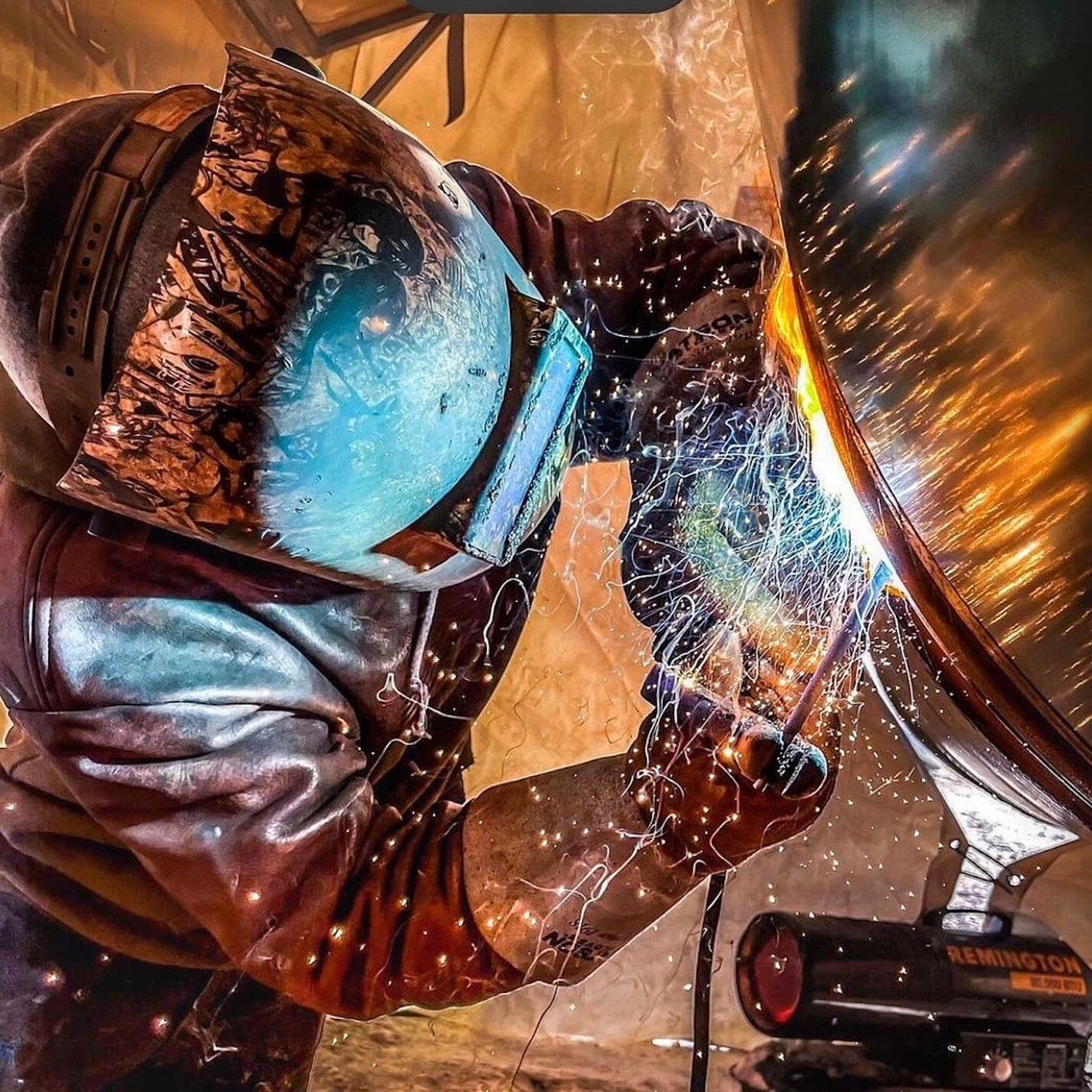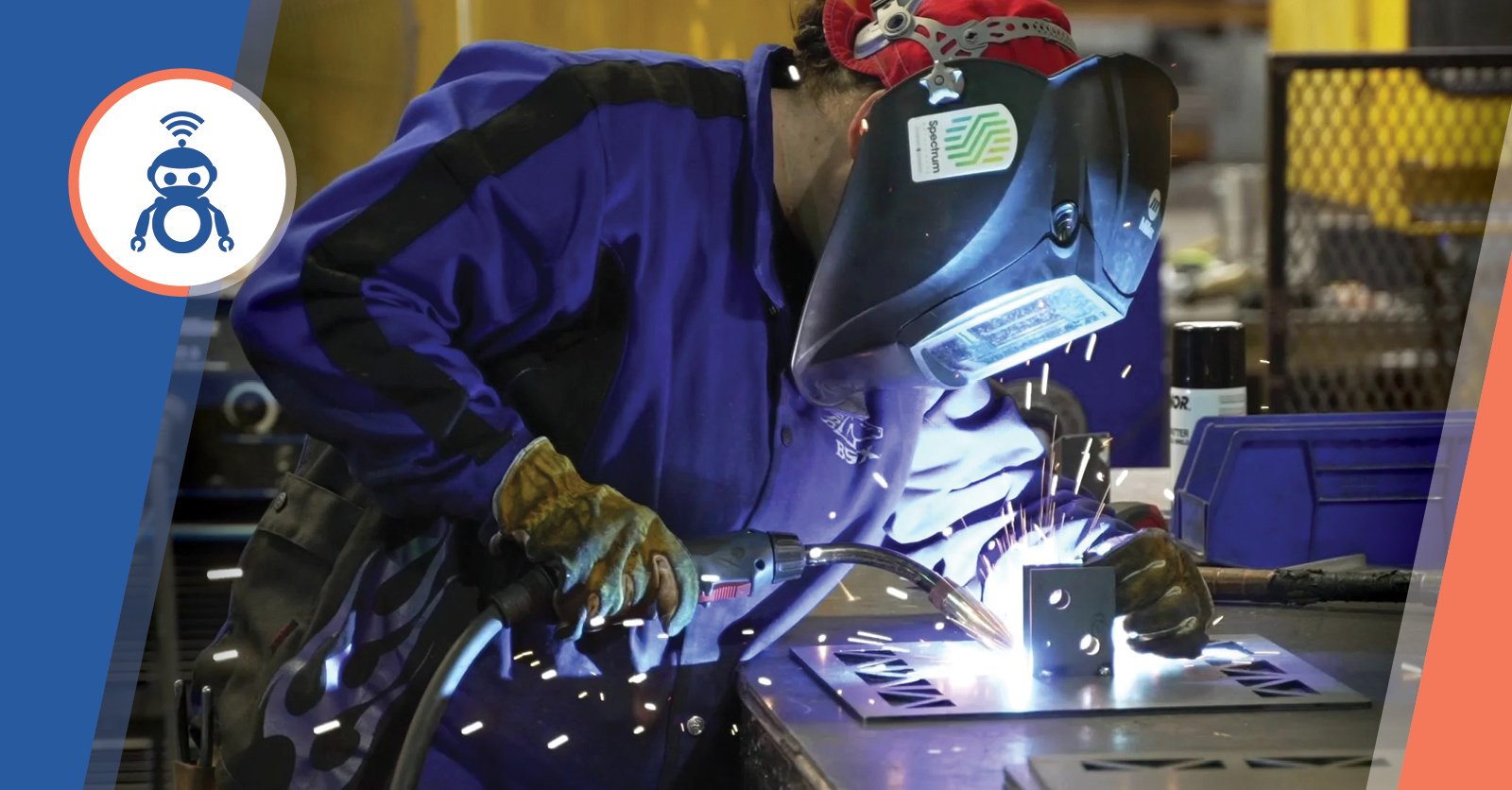Typical Welding Fixing Issues and Just How to Address Them Successfully
Welding repair services usually come across a range of concerns that can jeopardize the stability of the last item. Usual troubles consist of inadequate penetration, porosity, and misalignment, amongst others. Each defect presents one-of-a-kind difficulties that need certain techniques for resolution. Comprehending these issues is vital for welders intending to boost their outcomes and abilities. This discussion will certainly discover these typical welding fixing concerns and efficient approaches to resolve them.
Insufficient Infiltration
Inadequate penetration takes place when the weld metal falls short to completely fuse with the base material, causing weak joints and potential structural failings. This problem commonly comes from inadequate heat input, incorrect electrode angle, or inappropriate welding rate. Welders may come across poor infiltration because of a miscalculation of the essential specifications for a specific material thickness or kind. In addition, contamination on the base material's surface can prevent reliable bonding, worsening the trouble. To address poor penetration, welders ought to guarantee ideal setups on their devices and keep a clean job surface area. Normal evaluation of welds is suggested to identify any shortages early, permitting for timely corrections and the prevention of compromised architectural stability in bonded assemblies.
Porosity
Porosity is a common problem in welded joints that shows up as tiny gas bubbles entraped within the weld steel. This defect can jeopardize the honesty of the weld, resulting in lowered stamina and possible failing under anxiety. Welding. Porosity normally emerges from contamination, wetness, or incorrect welding methods, which enable gases to run away into the molten weld swimming pool. To resolve porosity, welders must assure appropriate surface preparation, keep a tidy functioning atmosphere, and use ideal welding parameters. Furthermore, selecting the appropriate filler material and protecting gas can mitigate gas entrapment. Routine evaluation and testing of welds can aid identify porosity early, guaranteeing timely rehabilitative actions are taken, thereby protecting the top quality and integrity of the welded framework
Misalignment
Misalignment in welding can emerge from various elements, including inappropriate configuration and thermal growth. Understanding the origin is vital for effective resolution. Several improvement methods are readily available to straighten elements and guarantee architectural stability.
Causes of Misalignment
Welding misalignment often comes from a range of underlying problems that can jeopardize structural integrity. One key reason is inappropriate fit-up of elements prior to welding, which can bring about spaces and unequal surfaces. Variants in thermal expansion throughout the welding procedure can also lead to distortion, especially if the materials being joined have various coefficients of growth. Additionally, poor securing and fixturing might fall short to hold parts safely in place, leading to movement throughout welding. Improperly maintained tools, consisting of welding equipments and tools, might introduce incongruities in the weld grain, more adding to imbalance. Ultimately, operator mistake, stemming from insufficient training or experience, can also play a substantial duty in developing misaligned welds.
Modification Strategies Readily Available
Addressing imbalance properly needs a mix of rehabilitative techniques tailored to the specific concerns at hand. One typical approach is the usage of components or jigs to hold elements in the right placement throughout welding, making sure constant alignment. Furthermore, preheating the materials can help in reducing distortion and improve fit-up. For substantial misalignment, mechanical adjustment strategies, such as using hydraulic jacks or clamps, can be utilized to deal with the placement before welding. Post-weld warmth treatment may additionally be needed to relieve stresses brought on by misalignment. Ultimately, cautious examination and modification throughout the arrangement stage can stop misalignment concerns from ending up being significant troubles, promoting a smoother welding process and boosting general architectural honesty.
Distortion
Distortion is an usual difficulty in welding that can occur from various variables, consisting of irregular cooling and heating. Understanding the reasons for distortion is important for carrying out efficient avoidance methods. Addressing this concern not only improves architectural honesty yet also enhances the general top quality of the weld.
Reasons of Distortion
When subjected to the extreme heat of welding, products usually undertake changes that can bring about distortion. This phenomenon primarily emerges from thermal growth and contraction throughout the welding process. As the weld location warms up, the product broadens; upon cooling, it acquires, which can produce internal stresses. Additionally, irregular home heating across a workpiece can intensify these stresses, resulting in warping or bending. The sort of product also plays a significant role; steels with varying thermal conductivity and coefficients of growth might react in different ways, leading to uncertain distortions. Poor joint design and poor fixturing can add to misalignment during welding, enhancing the possibility of distortion. Recognizing these reasons is crucial for effective welding repair work and avoidance strategies.
Avoidance Techniques
Effective prevention methods for distortion throughout welding concentrate on regulating warmth input and ensuring correct joint layout. Maintaining a constant heat input assists to lessen thermal growth and tightening, which can lead to distortion. Using methods such as preheating the straight from the source workpiece can also decrease the temperature slope, advertising consistent home heating. Additionally, choosing ideal joint designs, such as T-joints or lap joints, can boost stability and minimize anxiety concentrations. Applying proper fixturing to protect the work surfaces in position better aids in keeping placement during the welding procedure. Finally, staggered welding sequences can disperse heat a lot more equally, avoiding localized distortion. By applying these approaches, welders can considerably reduce the probability of distortion and boost the general high quality of their welds.
Breaking
Cracking is a typical concern experienced in welding repair work, commonly arising from various elements such as incorrect cooling prices, product option, or inadequate joint prep work. The event of splits can substantially compromise the integrity of the weld, resulting in prospective failures throughout operation. To resolve this issue, welders must initially assess the root creates, making sure that products are suitable and suitably chosen for the particular application. Additionally, regulating the cooling rate throughout the welding procedure is crucial; quick air conditioning can induce stress and lead to breaking. Appropriate joint design and prep work additionally add to decreasing the threat. Carrying out these methods can boost weld high quality and sturdiness, inevitably decreasing the chance of cracking in finished weldments.

Insufficient Combination
A substantial issue in welding repair services is incomplete fusion, which occurs when the weld metal does not effectively bond with the base product or previous weld passes - Belgrade. This problem can lead to weaknesses in the joint, potentially jeopardizing the integrity of the bonded framework. Factors adding to insufficient blend consist of not enough heat input, improper welding strategy, and contamination of the surface areas being signed up with. To resolve this problem properly, welders should ensure correct pre-weld cleaning and surface area preparation, as well as adjust their welding criteria to accomplish appropriate penetration and blend. Normal assessment during the welding procedure can also assist determine incomplete combination early, permitting timely restorative actions to boost the general quality of the weld
Overheating
While welding repair work can boost architectural integrity, overheating provides a considerable difficulty that can bring about material deterioration. Too much warm throughout welding can modify the mechanical residential properties of metals, resulting in decreased toughness, increased brittleness, and warping. This phenomenon is especially essential in high-stress applications where architectural dependability is vital. Identifying getting too hot can involve visual assessments for discoloration or distortion, as well as checking temperature level during the welding process. To alleviate the threats related to overheating, welders need to employ appropriate methods, such as regulating warm input, changing traveling speed, and using suitable filler materials. Additionally, implementing pre- and post-weld warm therapies can aid restore material homes and improve the overall quality of the repair service, ensuring lasting efficiency and security.
Frequently Asked Concerns
What Are the Common Indicators of a Welding Defect?

Just How Can I Examine My Welds for Quality?
To test welds for top quality, one can utilize aesthetic inspections, ultrasonic screening, and radiographic methods. Each technique guarantees architectural honesty, recognizes defects, and verifies adherence to defined criteria, inevitably improving the integrity of the bonded joints.
What Safety and security Precautions Should I Take While Welding?
When welding, one should focus on safety by wearing appropriate individual protective tools, ensuring proper air flow, protecting combustible products away, maintaining a tidy work space, and knowing environments to avoid mishaps and injuries.
Can I Repair a Weld Without Redoing the Entire Joint?
Repairing a weld without redesigning the entire joint is feasible, Look At This depending upon the damage (Belgrade). Techniques such as grinding, including filler material, or utilizing a welding procedure can successfully deal with specific imperfections while preserving the bordering framework
What Equipment Are Vital for Efficient Welding Fixes?
Vital tools for effective welding repairs consist of a welding device, cable brush, mill, safety equipment, clamps, and filler materials. Each device plays a crucial role in guaranteeing quality and safety and security throughout the repair process. Porosity commonly arises from contamination, wetness, or incorrect welding techniques, which enable gases to get away right into the molten weld pool. Improperly conserved devices, consisting of welding devices and devices, might present disparities in the weld bead, additional contributing to imbalance. When subjected to the extreme warmth of welding, products typically undertake modifications that can lead to distortion. Continue Breaking is a typical problem come across in welding fixings, often resulting from different elements such as incorrect cooling rates, product choice, or poor joint preparation. A significant problem in welding repairs is insufficient fusion, which occurs when the weld metal does not appropriately bond with the base product or previous weld passes.